30 Apr 1971
Suddenly...And Without Warning
Coast Guard film about the importance of life jackets. Stresses safety in boating and shows how boating accidents can happen.
This short post-war film was made to inform people how to address a letter correctly.

Presenter
30 Apr 1971
Coast Guard film about the importance of life jackets. Stresses safety in boating and shows how boating accidents can happen.
15 May 1974
This 1974 film is dedicated by the Chlorine Institute to the public interest. It is specifically intended to assist firefighters and other emergency services. The techniques demonstrated are appropriate for emergency use; different circumstances might require modified or additional procedure. The information is drawn from sources believed to be reliable. The Institute, its members any organizations cooperating in the development of this film, jointly or severally, cannot be responsible for how the information is used and must make this legal disclaimer. This is a 1960s era, color movie about Chlorine and emergency workers… specifically, firefighters. The film is intended to show firefighters what chlorine is, what a chlorine emergency might involve, how a company can plan ahead and how an emergency can be handled safely.
01 Sep 1972
Intercuts scenes from Jack London's To build a fire with modern urban and rural winter scenes to point out the dangers of winter storms and low temperatures. Designed to stimulate discussion on civil preparedness for winter storms.
20 Feb 1974
Portrays the challenges of creating a film about nuclear disaster amid public apathy. It captures behind-the-scenes moments as the crew discusses the gravity of nuclear threats, the importance of preparation, and the emotional impact of a nuclear attack. The narrative emphasizes the need for individuals to take responsibility for their safety and community in the event of an attack, blending factual information with a call to action.
30 Apr 1973
A surrealistic look at the future if man does not learn to control pollution.
01 Jun 1973
The film highlights the dangers of extreme heat and the importance of staying hydrated and cool. It portrays a conversation between two friends, one of whom insists on playing basketball despite the oppressive heat. The narrative emphasizes that heat-related illnesses can be avoided by recognizing the body's signals and taking necessary precautions, such as drinking water and staying indoors. The film concludes with a report of record-breaking temperatures, underscoring the seriousness of heat exposure.
30 Apr 1972
The film provides a comprehensive guide on snorkeling skills and rescue techniques, emphasizing the importance of proper equipment such as masks, snorkels, and fins. It discusses how to choose the right mask for comfort and fit, the proper use of snorkels, and techniques for clearing water from both masks and snorkels. The film also covers essential skills for entering the water safely, practicing buddy systems during snorkeling, and techniques for locating and rescuing submerged victims. It highlights the need for training and emphasizes that while these skills are crucial for rescue, they do not replace the need for a full certified course in skin diving.

18 Oct 1946

A basic explanation of the purpose and process of menstruation, told largely with diagrams.
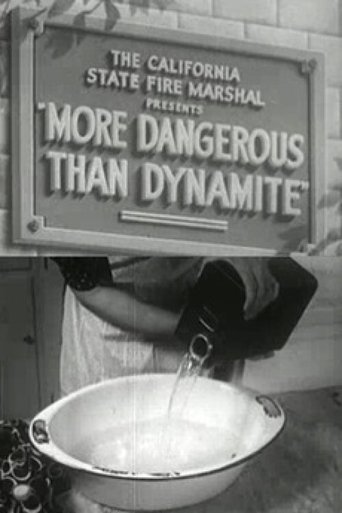
07 Nov 1941

A short film warning the unaware housewife of the dangers of “dry cleaning” with gasoline at home.

01 Jan 1976

Sid James learns of the joys of owning a budgerigar.

05 Apr 1971

This anti-drug educational film, hosted by pop singer Tommy Roe, features teenagers discussing the pros and cons of taking LSD.
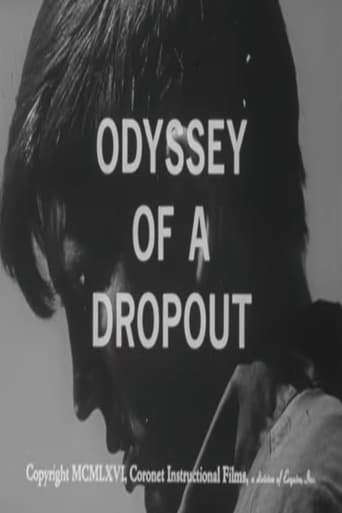
01 Jan 1966

Scott, a high school dropout, has no diploma, no job, no future and finally no girl. He is faced with the decision of continuing his education or continuing a life without hope or meaning.

01 Jan 1950

Explains the functions of the doctor and tells why it is important to co-operate with him.
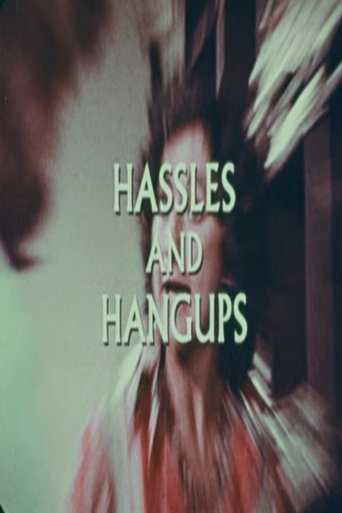
01 Jan 1973

Emphasizes positive attitudes and constructive solutions to help individuals deal with problems related to sex, drugs, self-image and interpersonal relationships.

29 Jun 1945

The comparison of two rural families to demonstrate the need for proper hygiene and the consequences of its neglect.
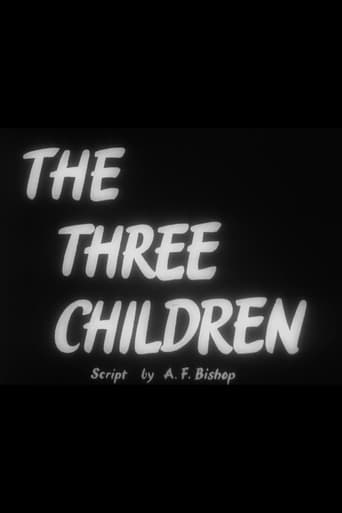
01 Jan 1946

Public warning film on road safety for children - 3 small children meet Death.
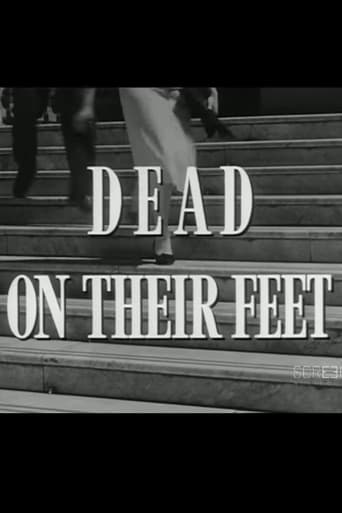
01 Jan 1958

A road safety film for pedestrians in city traffic. Demonstrates typical unsafe practices.
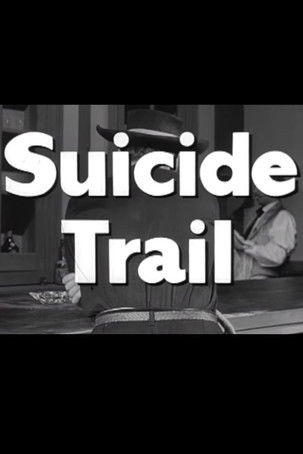
01 Jan 1960

Shot with a big cowboy nod to the Western genre, this road safety film shows the danger of speeding on an unknown country road at night.

01 Jan 1966

Shows the safety hazards three boys encounter when they leave school. Pictures how they learn proper safety procedures to cope with several situations.

01 Jan 1973

This short film looks at the importance of maintaining safe driving practices and heeding traffic rules. A traffic cop investigates a serious car crash and attempts to understand the cause.